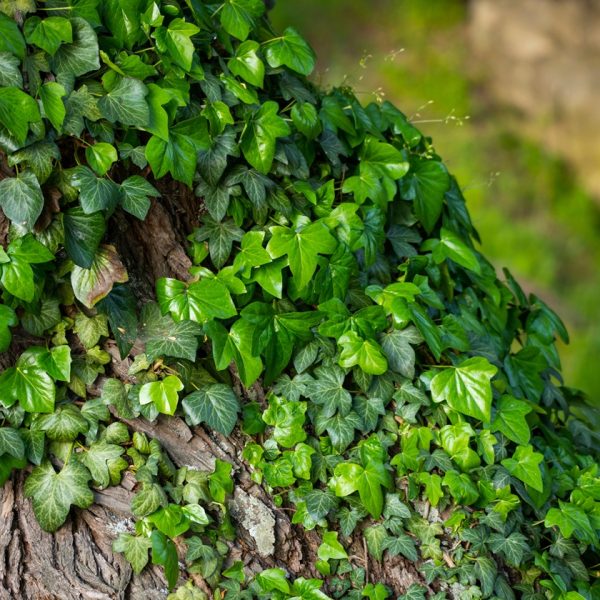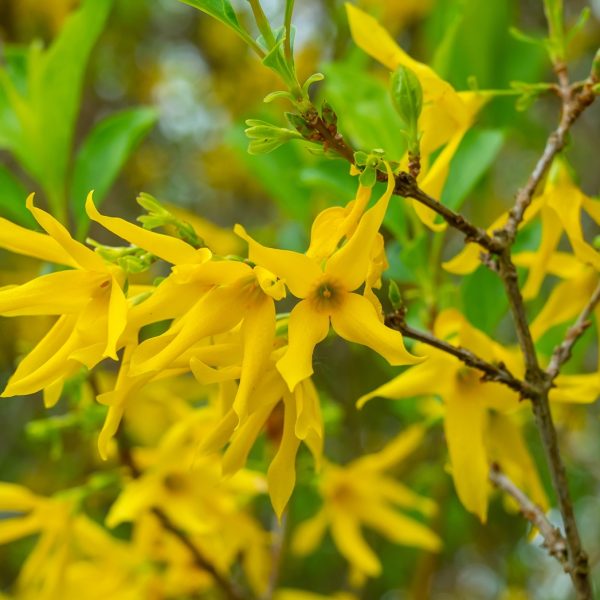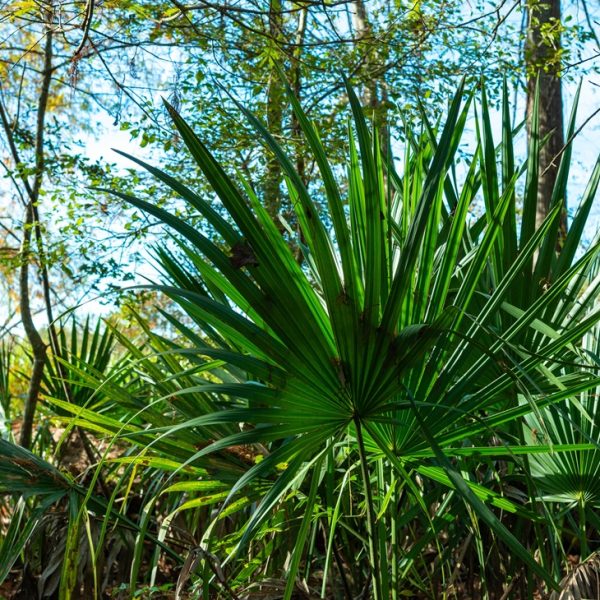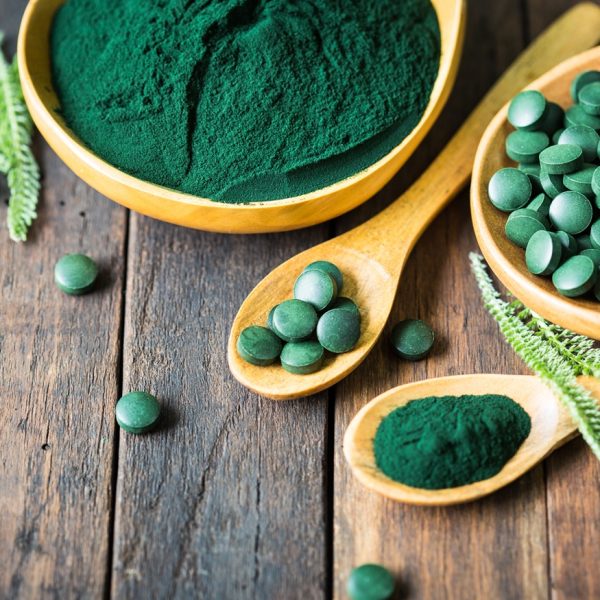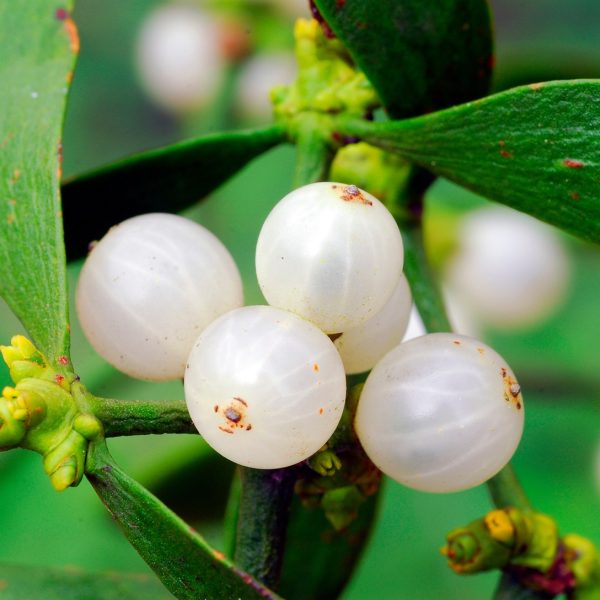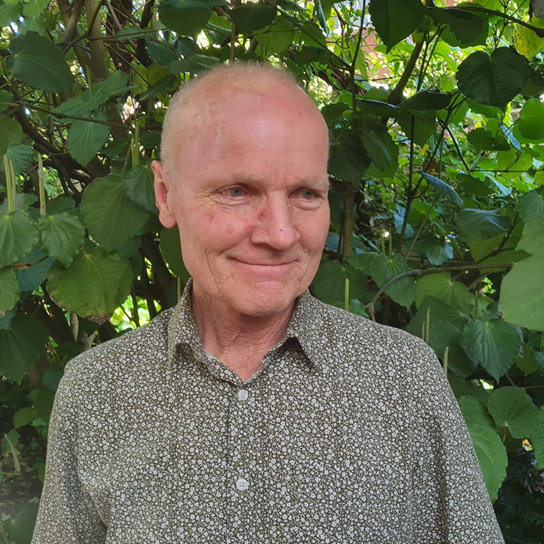Today in Aotearoa New Zealand, traditional Rongoā Māori medicine coexists with contemporary Western herbalism, bringing opportunities through herbal practice, education and industry.
Across Aotearoa New Zealand, herbal medicine encompasses both indigenous Rongoā Māori wisdom and contemporary Western herbalism. Sustained by a dedicated professional community and a rigorous educational programme, herbal practice continues to evolve within a shifting policy landscape, supporting national wellbeing and contributing to growing opportunity in Aotearoa New Zealand’s natural health and botanical industries.
Herbal practitioners in New Zealand
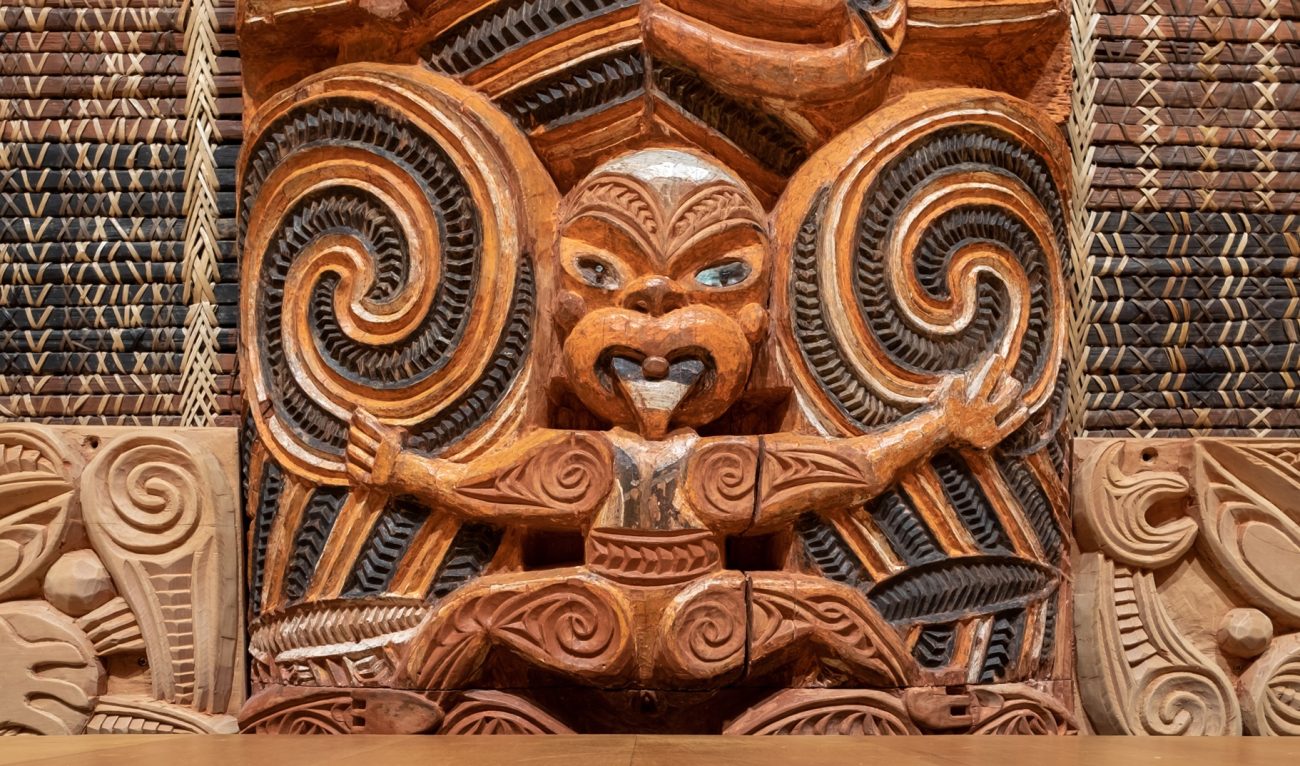
Aotearoa New Zealand (NZ) has a devoted and dedicated group of medical herbalists through the New Zealand Association of Medical Herbalists (NZAMH), an organisation which has been in existence since the 1930s.
As with many countries, the Aotearoa NZ health system is under strain with growing demands from an increasing and aging population, an aging medical workforce and a preference for urban rather than rural practice. In some parts of the country, patients may sometimes wait several weeks to get an appointment with a general practitioner (GP) (1).
Given the above, and the many benefits that plant medicine can have on human health, the NZAMH has for many years been seeking some form of statutory regulation to facilitate increased public access to practitioner expertise and reduce pressure on other areas of the health workforce. In Aotearoa NZ, this entails becoming a registered health profession under the Health Practitioners Competence Assurance Act (HPCAA). Initial attempts by the NZAMH looked promising, with a letter of acceptance to proceed to the next stage received from the then Minister of Health in 2007. Subsequent changes of Government and ongoing reviews of the Act however, have further delayed this process.
While a growing number of New Zealanders are consulting with medical herbalists and naturopaths for a range of chronic and acute health problems, generally there is no state funding support towards the treatment costs. However, Aotearoa NZ has a unique injury-based system – the Accident Compensation Corporation (ACC), a scheme which provides financial and health service support to all New Zealanders after injury, including certain natural medicine modalities (2).
NZAMH has persistently promoted the benefits of practitioner-provided herbal medicine, and its ability to foster a more prevention focused healthcare system, thus saving healthcare costs overall. It has had some wins with insurance company recognition, and supported the establishment of herbal clinics where some of its members work with those experiencing substance use or mental health disorders.
Rongoā Māori
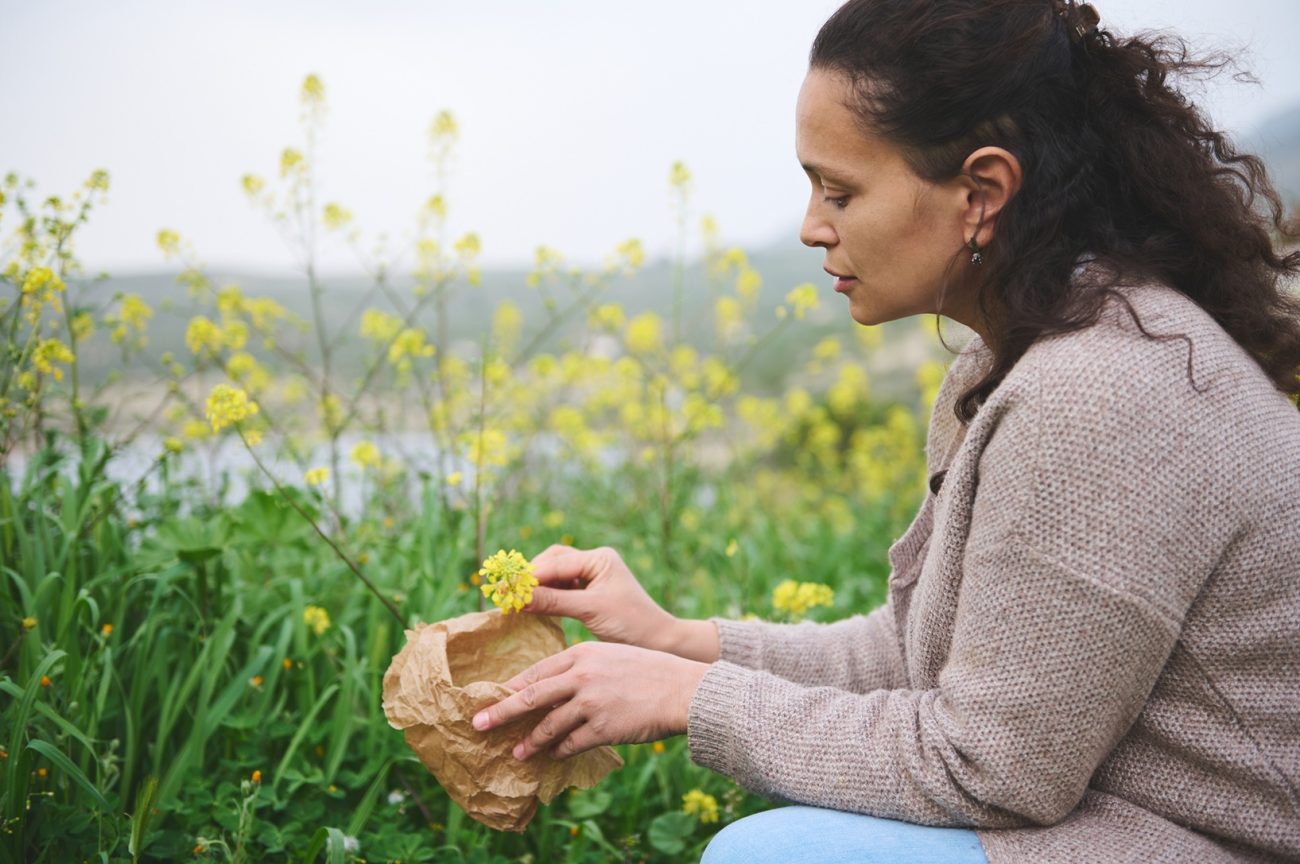
Before the arrival of Europeans, Aotearoa NZ Māori used a variety of native plants in their healing practices. Sadly, this was largely suppressed following European colonisation, as was the Māori language and many other aspects of a rich indigenous culture.
Traditional knowledge lived on, however, through the oral tradition of many elders (kaumātua, and kuia — wise elderly men and women, respectively), the observations and subsequent texts of early botanists and European migrants, and the dependency also of early Europeans on native plants and indigenous knowledge for many healthcare needs. A herbal pioneer in colonial Aotearoa NZ was Mother Mary Joseph Aubert, a French nun who migrated there in the late 19th century. Having studied botany and chemistry, she learned the properties of Aotearoa’s NZ native plants applying knowledge learned from Māori women and healers. She went on to manufacture and sell liquid herbal combinations (3,4).
During World War II, the Māori battalion, which fought throughout the Middle East and Europe, had native plants such as koromiko (Hebe salicifolia) to help with diarrhoea, or kumerahou (Pomaderris kumeraho) for chest infections, sent from home. Such was the reputation and esteem of Māori medicine that remedies were sought and valued on the other side of the globe to Aotearoa NZ in the midst of war (5).
In recent decades, traditional Māori medicine (Rongoa Māori), as well as the Māori language and culture itself, has undergone an impressive revival in Aotearoa. Rongoa Māori medicine is a holistic form of healing, making use not only of the medicinal plants of Aotearoa, but also of various forms of massage and spiritual healing. Several rural communities have rongoa Māori healing centres near hospitals and there are moves towards more collaborative care (6,7) . In recognition of the value and importance of traditional medicine, Rongoa Māori treatments are now available for rehabilitation and certain other conditions through the ACC (2).
Western medical herbalists have also increasingly incorporated native plants into their materia medica, and many of these have been made available to herbal practitioners for the past 40 years as tinctures or liquid extracts. These are generally used in the Western way, most commonly as ingredients in liquid formulations and products for both internal and topical use.
The unique healing properties and other benefits of certain native plants in Aotearoa NZ, are also recognised and utilised by elements of the natural health product industry in Aotearoa NZ. Several of these, such as mānuka (Leptospermum scoparium), kānuka (Kunzea ericoides), kawakawa (Piper excelsum) and horopito (Pseudowintera colorata), are ingredients in commercial products used for common health conditions, and their use is increasingly being supported by scientific publications including a growing number of clinical trials. Mānuka honey and mānuka oil have both become highly sought after in global markets, for their antimicrobial and many other healing properties (8,9).
Regulations
Regulations in Aotearoa NZ are in a desperate need of an update, to not only better recognise the large skillset of trained practitioners, but also to better regulate herbal products. Medical herbalists are largely unregulated but are impacted by the 1981 Medicines Act, which regulates all medicines in the country. This Act was briefly replaced by the Therapeutic Products Act 2023 but then repealed in 2024 after a change in Government (10). The 2023 Act was the first to specifically address natural health products and start to define and better acknowledge Natural Health product practitioners.
Education
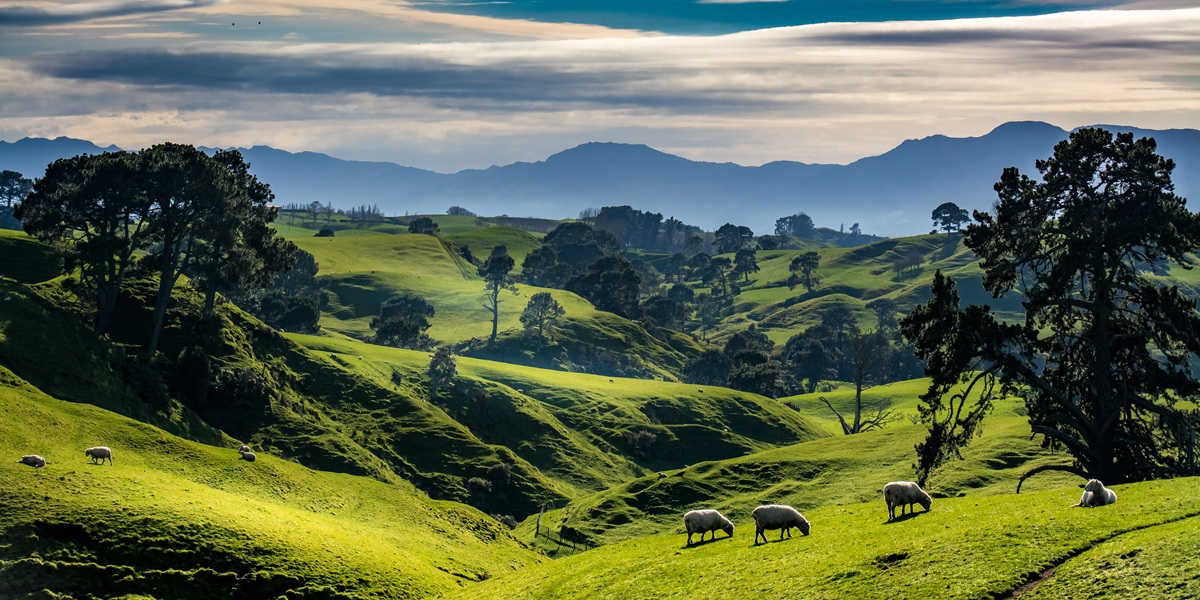
While herbal medicine itself is not well regulated in New Zealand, education is government recognised for a degree level programme. The Bachelor of Natural Medicine taught through the South Pacific College of Natural Medicine (SPCNM) receives Government funding and students have access to loans and allowances. The education environment in herbal medicine and naturopathy has changed greatly in recent years — in the 2000s there were six colleges throughout the country, but this has now reduced to one. South Pacific College is based in Auckland and has been in existence since 1967. It is well regarded with the highest category awarded by the NZ Qualifications Authority, indicating excellent teaching and organisation. The College boasts an on-site medicinal herb garden which is used both in teaching and community classes.
Herbal education has changed over the years, not only with fewer providers delivering, but also in the development of stronger curricula, educating practitioners with a robust understanding of evidence-based practice. The complexity of health problems requires practitioners to have a more detailed understanding of subjects, such as differential diagnosis and herb-drug interactions.
For those wanting to see a qualified medical herbalist, it is recommended to look for a member of the NZAMH — registered members are listed on the website. South Pacific College also runs a community clinic, Paua Clinic, from their premises in Ellerslie, Auckland. During the academic year, the public can consult with a senior student supervised by an experienced practitioner, at very reasonable rates.
The industry
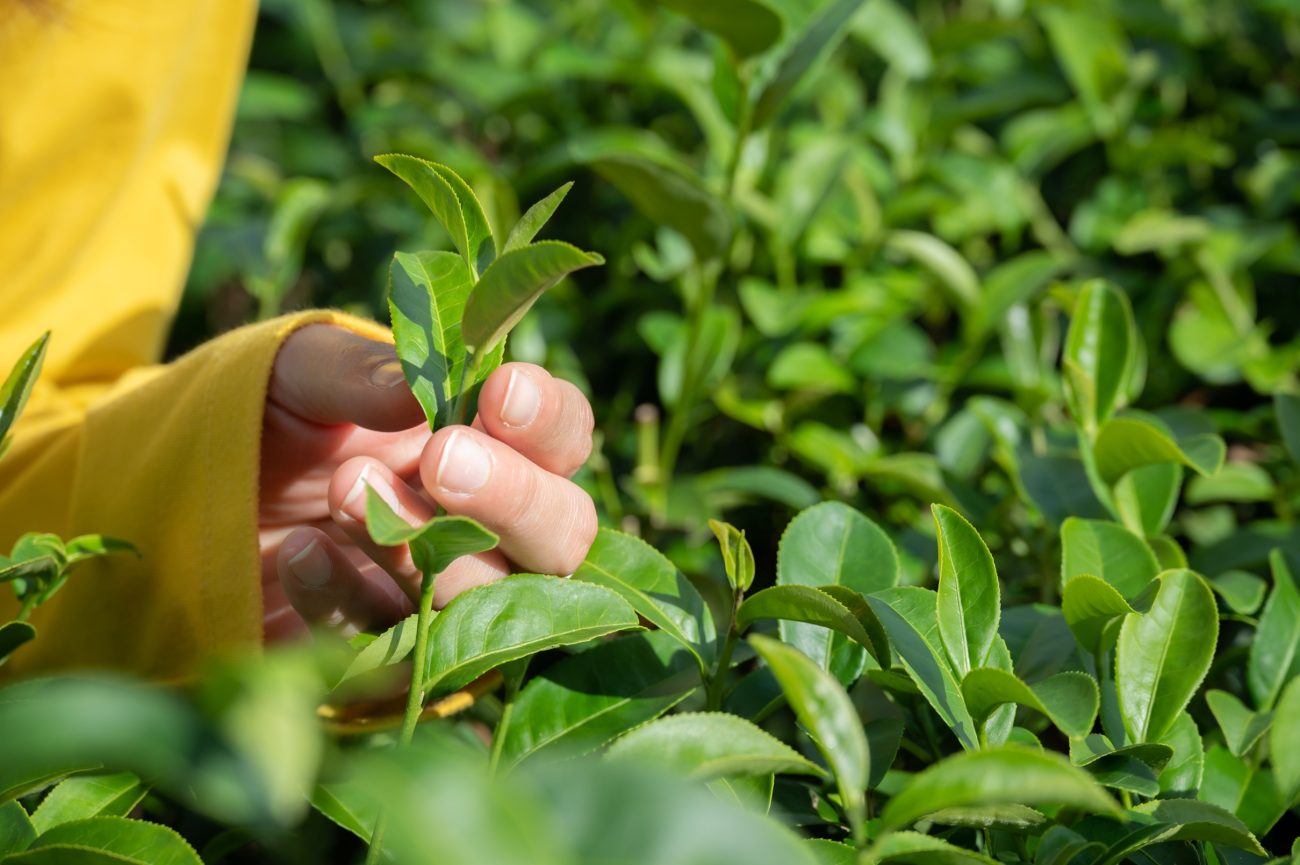
Apart from herbal practitioners, there is a flourishing and growing natural health product industry in Aotearoa NZ, with hundreds of small, medium and large businesses operating in this sector. Industry is represented by Natural Health Products NZ, formed in 2002. As successively bigger annual summits and industry wide surveys show, the natural health products sector has grown steadily to contribute more than $1.5 billion annually to the Aotearoa NZ economy (11).
Medicinal cannabis has also become more popular in recent years, with a number of companies now cultivating and producing products in that area, although consumer access is still somewhat limited, due to the regulatory environment.
Aotearoa New Zealand is a significant producer of food and beverages and exports of these make up a large percentage of its economy and GDP. With changing consumer preferences and a need for the country to further diversify its current agriculture-based economy to become less dependent on animal-based products, the natural health industry and herbal medicines are gaining ground and being more recognised as future export earners. The diverse geography and unique features of the Aotearoa NZ environment, including different microclimates, make it ideal to cultivate numerous species. A range of species — such as echinacea (Echinacea spp.), ginkgo (Ginkgo biloba), green tea (Camellia sinensis), barley grass (Hordeum vulgare), saffron (Crocus sativus) and ginseng (Panax ginseng) — are already being cultivated, for export as well as grown for the local market.
With ongoing unsettled times owing to geopolitical events and the increasing impacts of climate change and extreme weather events, many consider Aotearoa NZ as an ideal country to grow and supply medicinal plants as well as food and beverages, to both domestic and export markets. Extending the number of species and increasing supply volumes grown locally, are seen by industry advocates as important priorities (12). Field trials are underway involving cultivation of several species of Asian, European and American plants. These are aimed at optimising agronomy, production efficiency and reliability, and quality.
With a population of only 5.4 million, and a land mass the same as that of the UK, Aotearoa NZ has many vibrant rural communities, and a strong network of farmers and scientists, that have historically enabled it to adapt relatively quickly to geopolitical events or changes in trading relationships. These qualities, combined with the growing interest and use of indigenous species, and outstanding and committed education providers, practitioners and industry advocates, mean that herbal medicine is very much alive and well in Aotearoa New Zealand!
References
- Medical Council of New Zealand. Workforce Survey Report 2024. Wellington, NZ: Medical Council of New Zealand; 2024.
- ACC. Accessing ACC’s Rongoā Māori Service. Auckland, New Zealand: ACC; 2025. Accessed October 9, 2025. https://www.acc.co.nz/im-injured/what-we-cover/using-rongoa-maori-services
- Museum of New Zealand Te Papa Tongarewa. Mother Aubert’s medicines. Collections Online. Accessed October 9, 2025. https://collections.tepapa.govt.nz/topic/2077.
- Munro J. The story of Suzanne Aubert. Auckland, New Zealand; Auckland University Press; 1996.
- Brooker SG, Cambie RC, Cooper RC. New Zealand Medicinal Plants. Published by Reed Books, Auckland, 1987.
- Healthpoint. Te Houtaewa Māori Charitable Trust — ACC-registered Rongoā Māori. Auckland, New Zealand: Healthpoint; 2025. Accessed October 13, 2025. https://www.healthpoint.co.nz/community-health-and-social-services/acc-registered-rongoa-maori/te-houtaewa-maori-charitable-trust/.
- Stephens M, Eason, C, Mead A, Chu A, McGowan PR, Rasmussen P, Foster M. He Huarahi Hou: exploring the genesis of a unique approach and design of a regional pharmacopoeia. AlgerNative: An International Journal of Indigenous Peoples. 2025. 1-13. https://doi.org/10.1177/11771801251356030
- Mathew C, Tesfaye W, Rasmussen P, Peterson GM, Bartholomaeus A, Sharma M, Thomas J. Mānuka Oil-A Review of Antimicrobial and Other Medicinal Properties. Pharmaceuticals (Basel). 2020 Oct 26;13(11):343.
- Rasmussen PL, Honey as a medicine: Special properties of mānuka honey. Pharmacy Today, 1 Oct 2024; ISBN 1170-1927. The Health Media Ltd, Auckland.
- Ministry of Health. Regulating medicines, medical devices and natural health products. Wellington, New Zealand: Ministry of Health; last updated April 14, 2025.
- Natural Health Products New Zealand. www.naturalhealthproducts.nz.
- Rasmussen PL, ‘Why New Zealand Grown Herbs are Best’. www.herbblurb.com. June 21, 2019.

